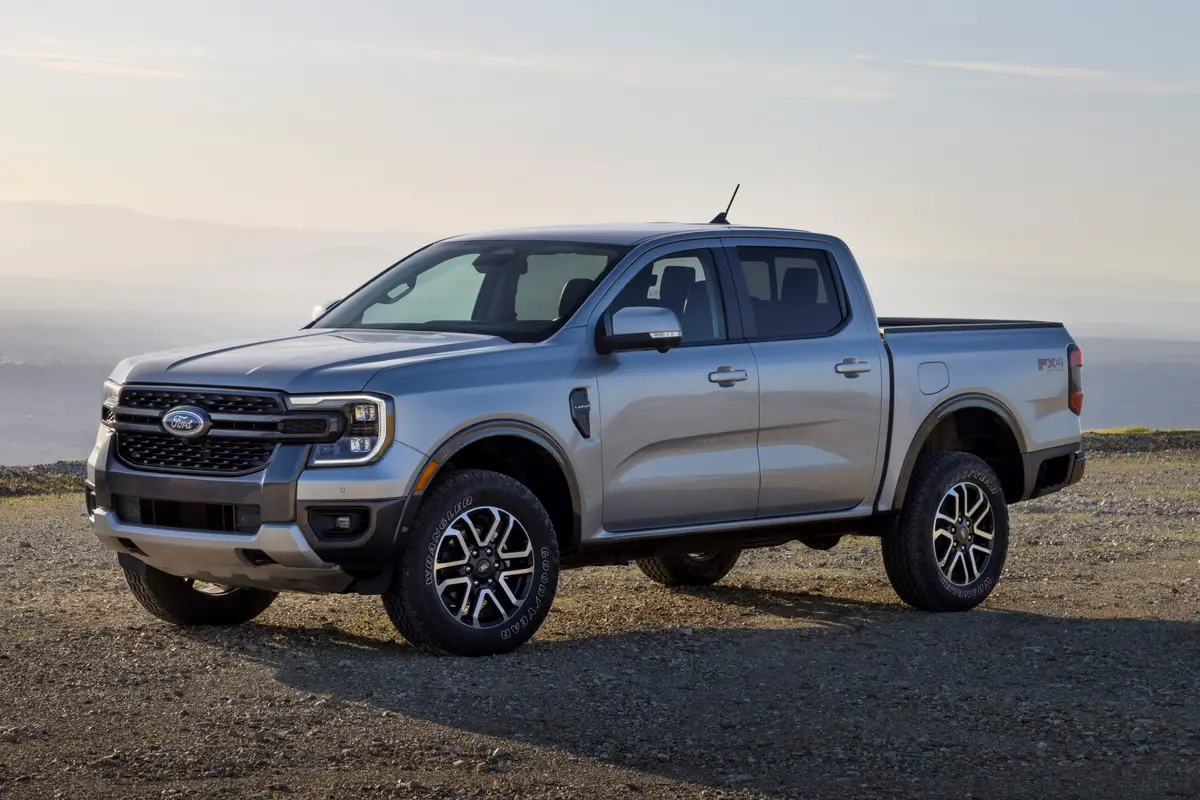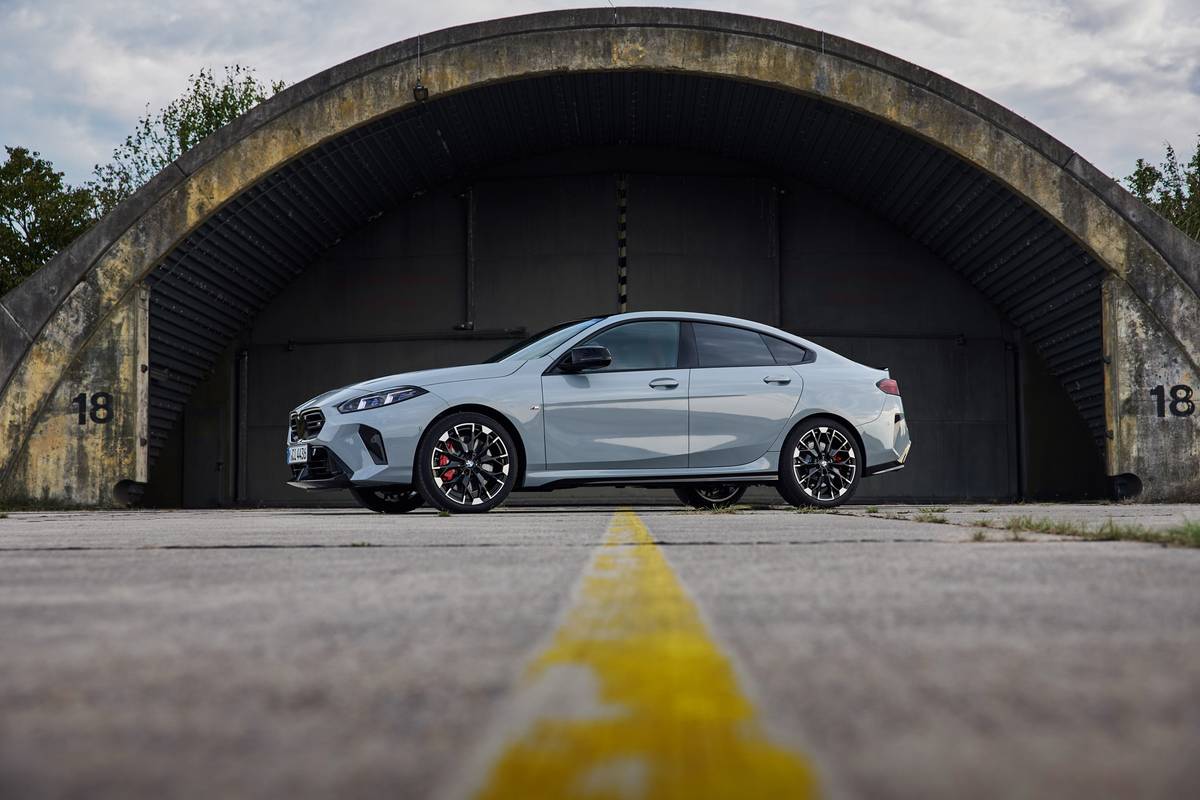The Morning Call and Mcall.com's view
The Peugeot 405 is something new from a very old manufacturer.
Peugeot, which built its first automobile back in 1889, is the oldest company still producing cars under its own name and this French manufacturing giant is the third largest automaker in Europe with a worldwide production of 1,952,500 vehicles in 1987.
The logical response to all of this would be: How come you don’t see any around?
Indeed, a good question. Despite its more than 25 years of shipping cars to this country, Peugeot is not exactly a household word. In fact, it is about as unlikely to find two Peugeots in every garage as it is to find coq au vin in every pot.
Peugeot, however, has never had the intention of building a car for the masses. Its cars, or at least the ones shipped to this country, are somewhat unique, somewhat pricey and appeal to a somewhat more limited market.
Its newest car, though, could have a wider base in the market. Although not a giveaway, it is less expensive than other Peugeot models, has entirely new engineering and has an easy-to-take Pininfarina-styled body.
While the front-wheel drive 405 is a new entry to the American market for 1989, it isn’t exactly a new car; it was introduced in Europe last year. And to make things just a little neater, it was voted Europe’s Car of the Year.
The test car, supplied by J.H. Bennett Inc, 2300 Hanover Ave., Allentown, was an ‘S,’ the middle-of-the line model. (The other two are the less expensive ”DL” and the sportier 16-valve ”Mi 16.”) As such it was an upscale compact with lots of standard equipment, a fair degree of luxury and a nice blend of fuel economy and performance.
To begin with basics, the 405 is a four-door sedan with a wheelbase of 105.1 inches, overall length of 177.7 inches, width of 67.6 inches, height of 55.4 inches and has a curb weight of, in the case of the S with automatic transmission, 2,653 pounds. All encompassed in a design highlighted by a plunging hoodline, a high tail-end, lip-edged doors without rain gutters on the roof, and a coefficient of drag of 0.32.
Notice that the wheelbase is long for the length. Also, the width is very wide for a car in this class. Both factors will be appreciated by passengers. The long wheelbase, of course, makes for a smoother ride and the extra width provides more seating room. The interior is done up in a fair degree of luxury, the seats are comfortable and, because of a double firewall and the liberal use of sound absorbing foam, it is an exceptionally quiet car.
There is room for five and, even with the front seats extended fully aft, rear seat passengers have decent leg room. Just about everyone should fit comfortably in this car. Not quite everyone, though. Tall drivers will have absolutely no head room, and leg room is just a little skimpy. Head room, or rather the lack of it, is the result of a power sliding/tilt moonroof that robs about 2 1/2 to 3 inches of space. Since this roof is standard equipment on the S model, there’s not a lot that can be done. (The DL does not offer a moonroof as standard equipment and has better head room.) Most drivers will have enough head room even with the moonroof. The very tall, though, should try it on for size first.
The trunk is deep and well laid out and measures a decent 13.7 cubic feet. A convenient feature in this sedan is a rear center armrest which hides a trap door with access to the trunk. This makes it possible to carry long objects, such as fishing rods, skis and six-foot hoagies.
As are other Peugeots, the 405 is a driver’s car. Handling is responsive, steering is quick and stopping is fast and straight. And although it is a front-wheel drive car, it feels more like a rear drive car; possibly because of the absence of torque steer. Absolutely a treat to drive.
Helping all of this out is a sophisticated chassis with four-wheel independent suspension and four-wheel disc brakes. The front suspension consists of MacPherson-type struts mounted on forged steel wishbones, coil springs, an anti-sway bar, and patented double-acting eight-valve shock absorbers. The rear features transverse-mounted torsion bars, an anti-sway bar, and eight-valve shocks, which are horizontally mounted underneath the car to maximize trunk space. Michelin MXL 185/65R14 all-season radials are mounted on 5.5J by 14-inch eight-spoke reinforced alloy wheels.
The S (and DL) is powered by a 1.9-liter/116-cubic-inch, light-alloy, overhead cam, electronically fuel-injected four-cylinder engine. The eight- valve transverse-mounted engine is tilted 30 degrees to the rear of the engine compartment and is rated at 110 horsepower at 5,200 rpm and 120 foot- pounds torque at 4,250 rpm. A five-speed manual transmission is standard. The test car was equipped with the optional ZF 4HP four-speed automatic with overdrive, a real smoothy.
Performance is decent though far from overwhelming. Acceleration from a standing start won’t give anyone whiplash but keep it to the floor and the speedometer will steadily climb up there. Passing power isn’t bad. The test car, though, seemed happiest cruising the highways. Unless we forget, it still is only 110 horsepower. For those who put a premium on performance, check out the Mi 16. It has four valves per cylinder, double overhead cams, and is rated at an impressive 150 horsepower at 6,400 rpm and 128 foot-pounds torque at 5,000 rpm.
Fuel mileage on the test car was good. It average 17 miles per gallon for city driving and 26 mpg over the highway. All on unleaded regular.
Base price on the S model is $17,700 and standard equipment includes power steering, power brakes, styled wheels, tinted glass, moonroof, electronically controlled and heated outside mirrors, air conditioning with automatic climate control, Clarion electronically anti-theft AM/FM stereo cassette/radio with six speakers and power antenna, power windows, heated front seats and other items.
The test car had a bottom line of $19,125, including a destination charge of $400 and its two options: automatic transmission, $650, and lacquer/ metallic paint, $375. (Base for the DL is $14,500. The Mi 16 starts out at $20,700.)
Peugeots are protected by a three-year, 36,000-mile bumper-to-bumper limited warranty and a five-year, 50,000-mile powertrain limited warranty with no deductible. There is also a free three-year membership in the Peugeot Roadside Assistance Plan.
Latest news



